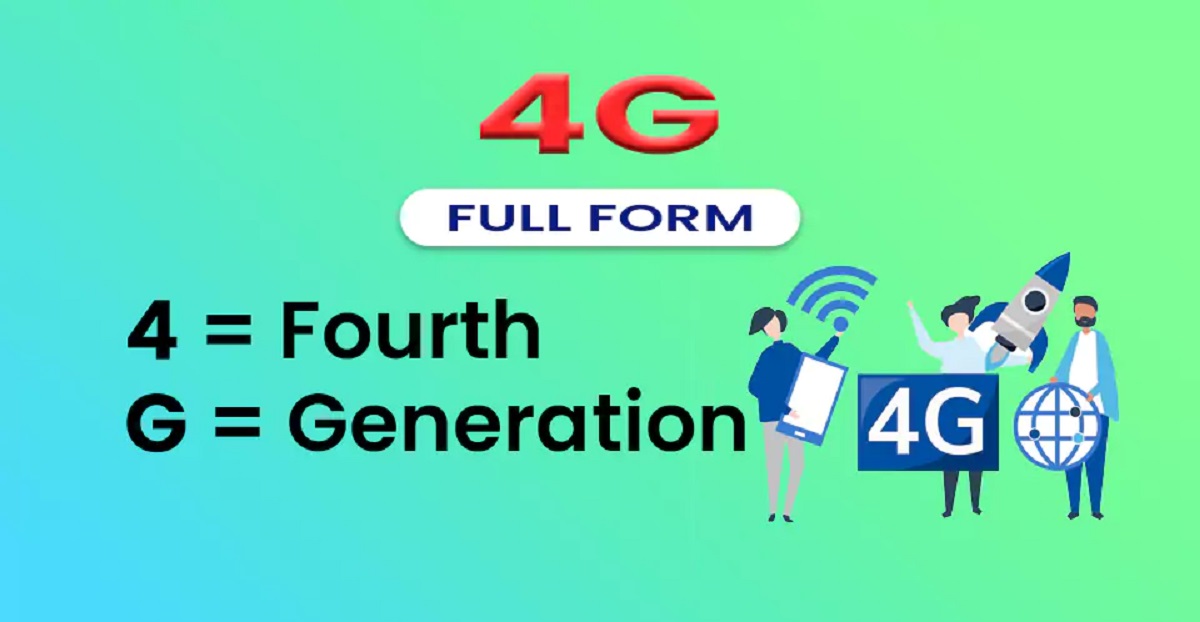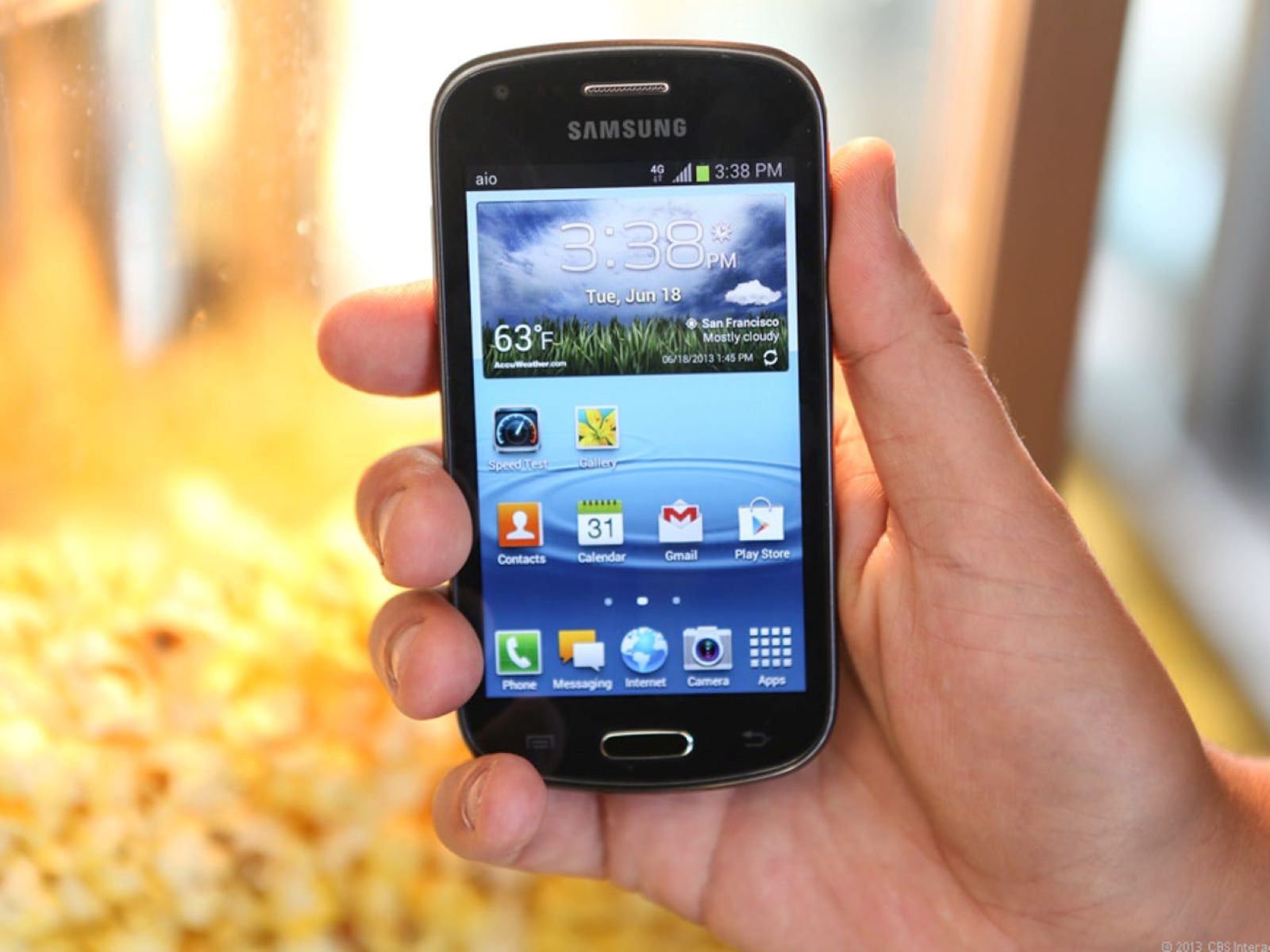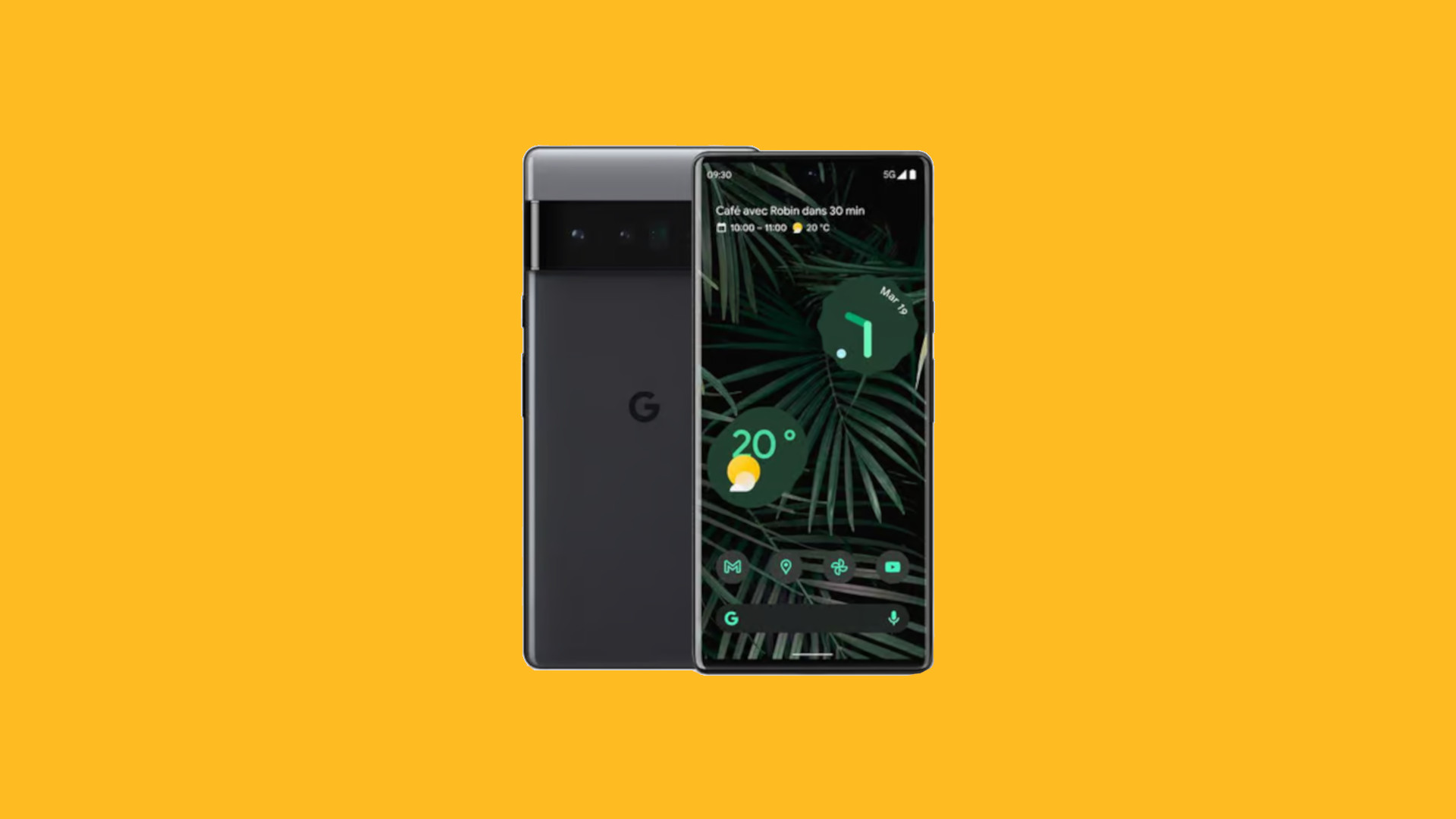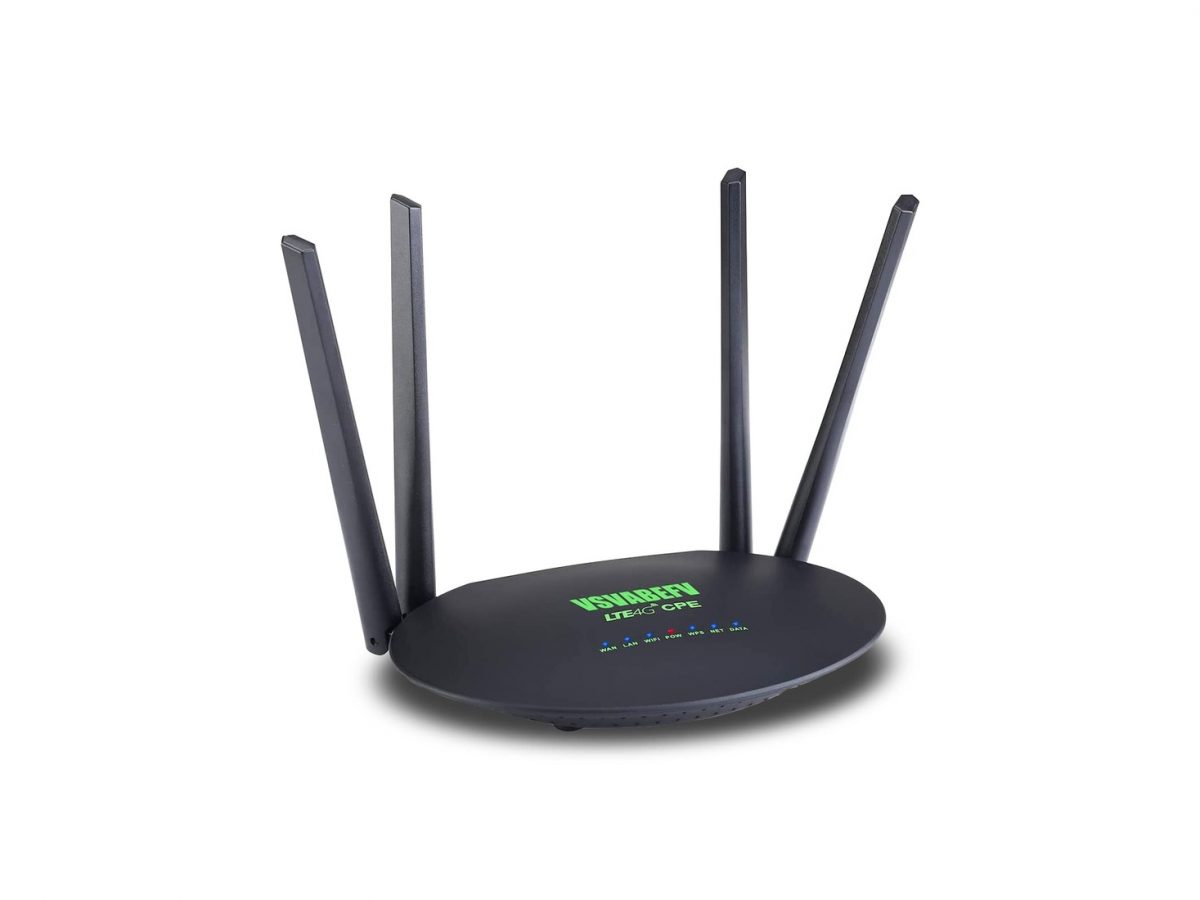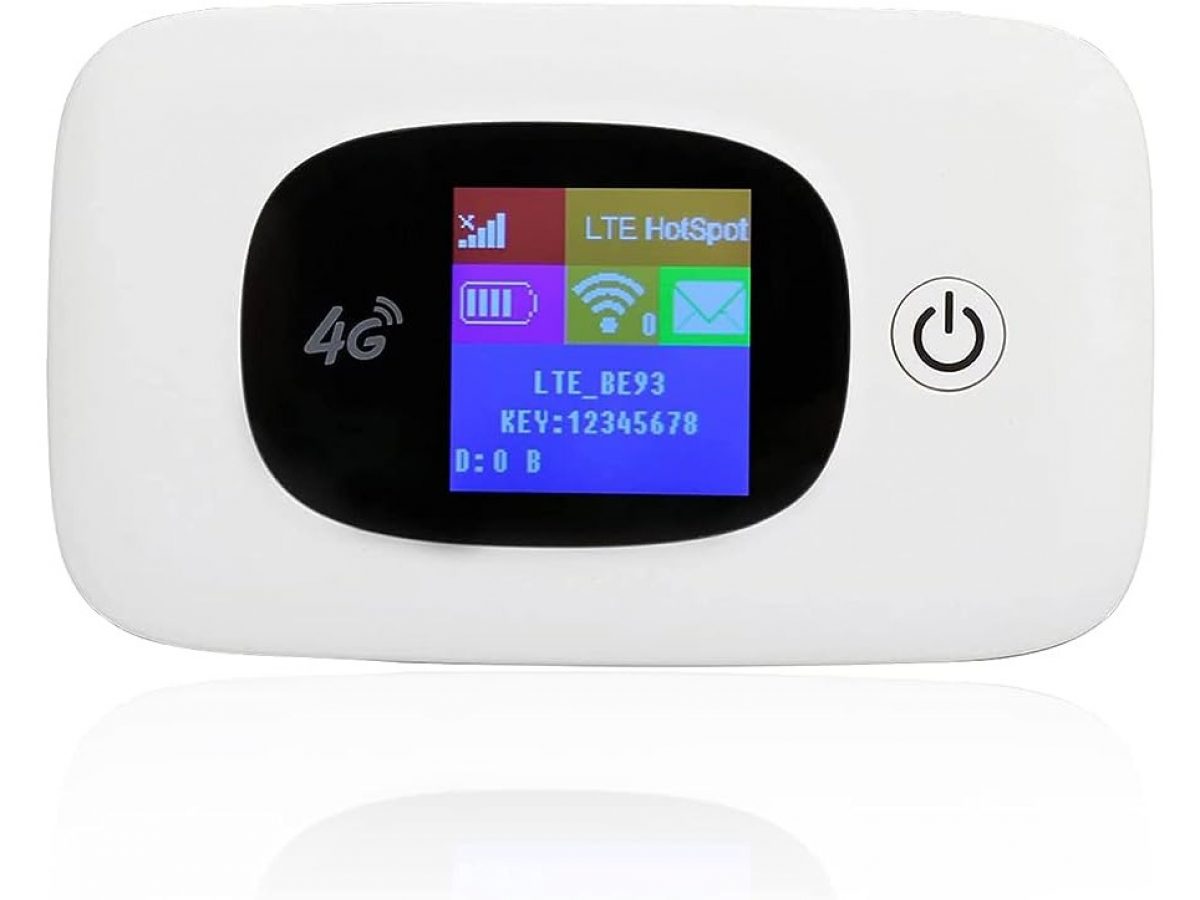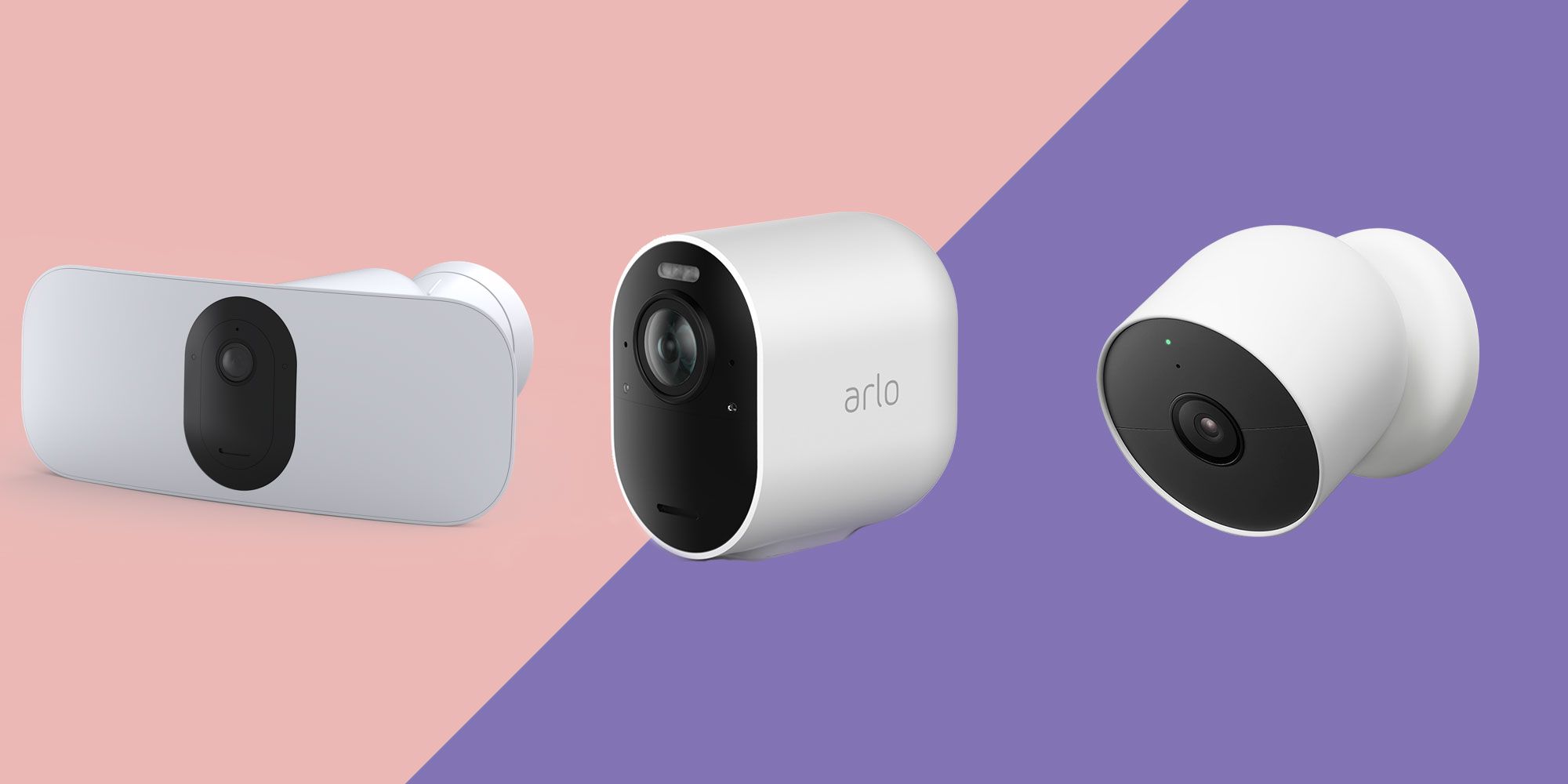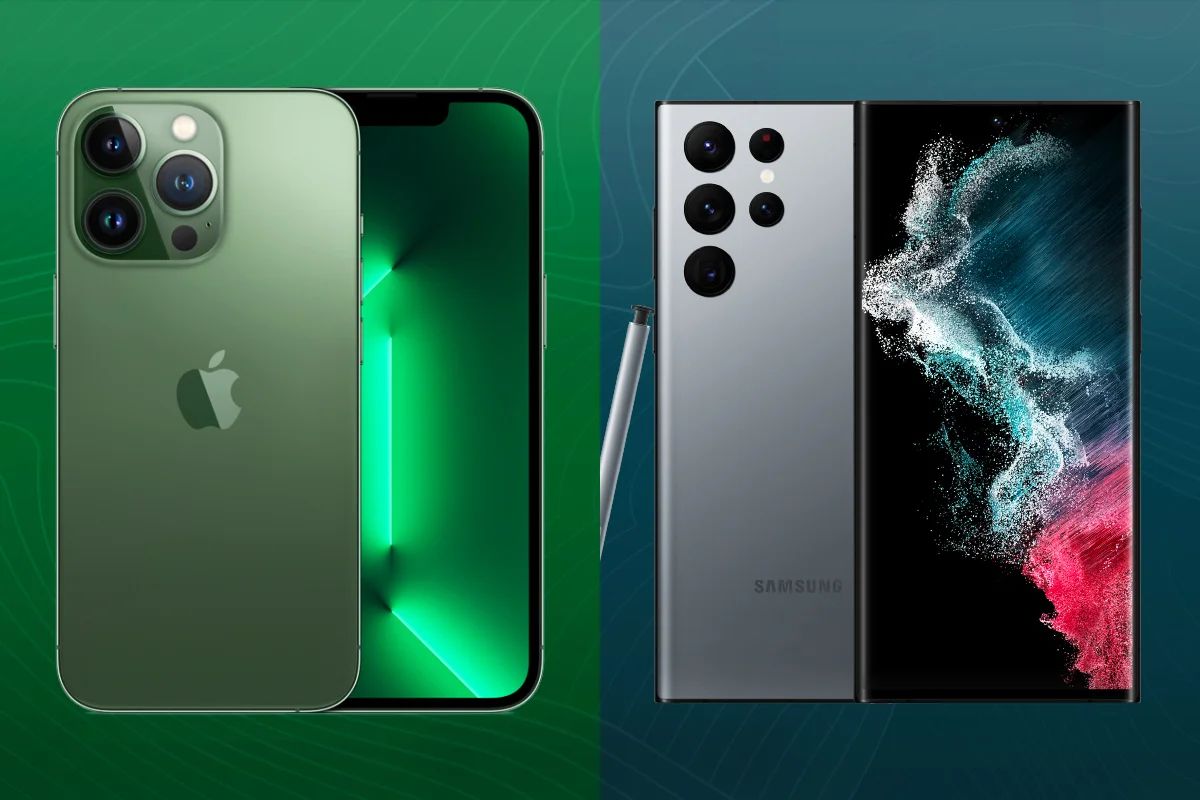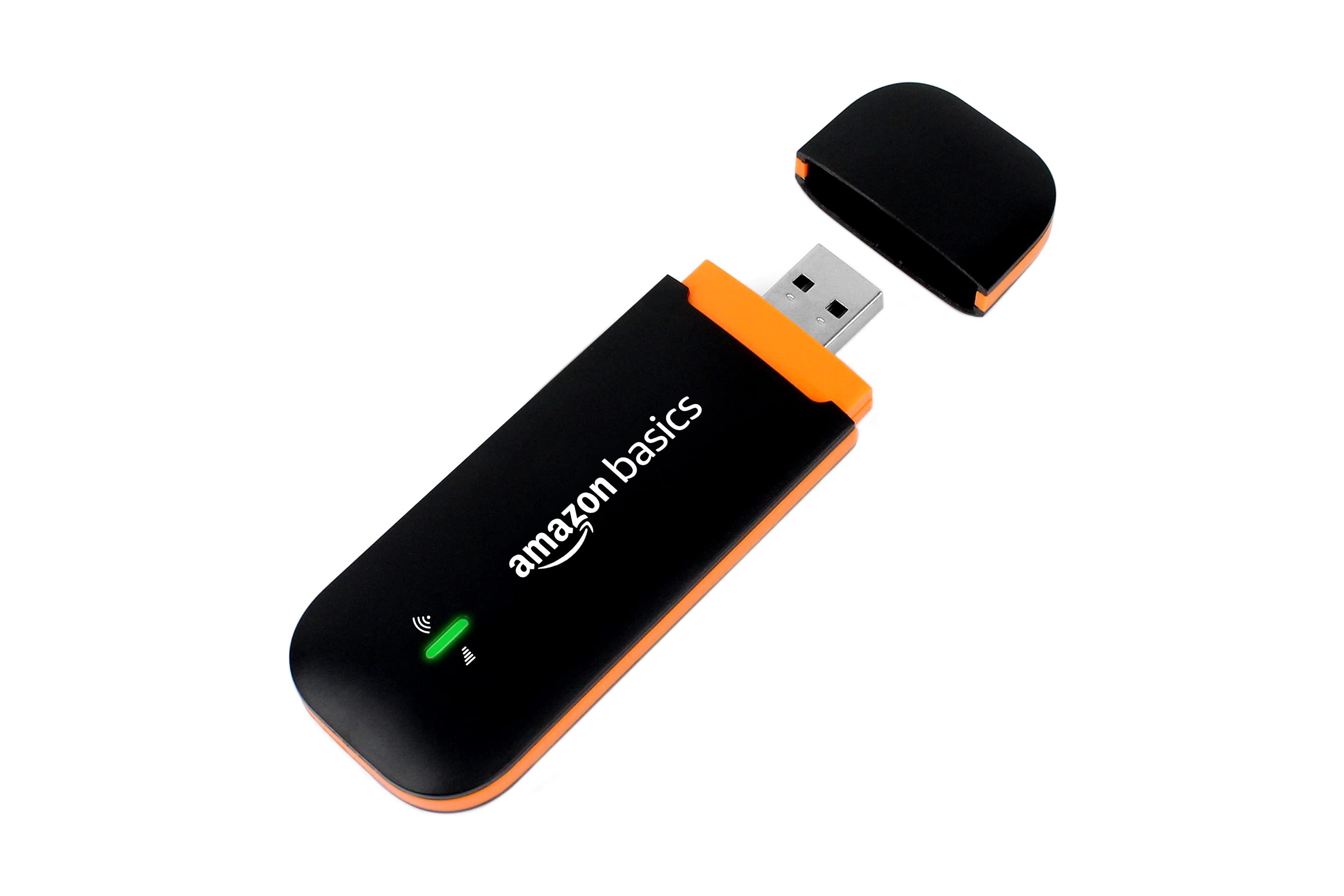Introduction
As technology continues to advance at a rapid pace, so does the world of mobile communication. In recent years, the term “4G” has become increasingly common, heralding a new era of connectivity and communication. But what exactly does 4G mean?
4G, short for Fourth Generation, is the latest standard in mobile telecommunications technology. It represents a significant leap forward from its predecessor, 3G. With faster data transfer speeds, improved network capacity, and enhanced multimedia capabilities, 4G has revolutionized the way we use our smartphones and other mobile devices.
Gone are the days of slow-loading web pages, buffering videos, and dropped calls. 4G technology has ushered in a new era of seamless and lightning-fast connectivity, empowering users to do more, explore more, and connect more effortlessly.
The introduction of 4G has not only transformed the way we communicate but has also paved the way for innovative applications and services. From high-quality video streaming to real-time gaming, 4G provides the infrastructure needed to support these bandwidth-intensive activities without compromising performance.
Moreover, 4G has opened up new opportunities for businesses, enabling them to leverage faster and more reliable connectivity for enhanced productivity, improved customer experiences, and streamlined operations. The widespread adoption of 4G has also fueled the growth of the app economy, leading to the development of countless mobile applications that cater to various needs and interests.
In the following sections, we will delve deeper into what 4G entails, its evolution from 3G, the features it offers, the benefits it brings, its comparison with the upcoming 5G technology, and the major providers who have spearheaded the 4G revolution.
Definition of 4G
4G, as mentioned earlier, stands for Fourth Generation and refers to the latest standard in mobile telecommunications technology. It is a significant upgrade from 3G, offering faster data transfer speeds, improved network capacity, and enhanced multimedia capabilities.
At its core, 4G is designed to provide users with a seamless and high-speed internet connection on their mobile devices. It allows for faster download and upload speeds, making it easier to stream videos, download files, and browse the internet without any lag or buffering.
One of the key features of 4G is its ability to handle large amounts of data at a time. This improved network capacity ensures that multiple users can connect simultaneously without experiencing a decline in performance. This is particularly beneficial in crowded areas such as stadiums, airports, and city centers, where network congestion can be a common issue.
In addition to faster speeds and increased capacity, 4G also offers improved voice and video calling capabilities. With 4G, users can enjoy high-definition voice calls and video chats, providing a more immersive and lifelike communication experience.
Another defining characteristic of 4G is its support for advanced multimedia services. This includes the ability to stream high-quality videos, engage in online gaming, and use bandwidth-intensive applications without any disruption. This has opened up new avenues for entertainment, education, and productivity on mobile devices.
It is worth noting that while 4G is primarily associated with mobile communication, it can also be used to provide internet connectivity to homes and businesses. This is commonly referred to as Fixed Wireless Access (FWA), and it enables users to access high-speed internet without the need for traditional wired connections.
Overall, the definition of 4G encompasses a range of features and capabilities that enhance the mobile communication experience. It delivers faster speeds, improved network capacity, enhanced multimedia services, and the ability to connect multiple devices seamlessly.
Evolution from 3G to 4G
The transition from 3G to 4G represents a significant evolution in mobile telecommunications technology. While 3G provided users with faster internet speeds compared to its predecessor, 2G, 4G has taken connectivity to a whole new level.
One of the main differences between 3G and 4G is the data transfer speeds. While 3G offered average download speeds of around 1-2 Mbps, 4G can reach up to 100 Mbps or more in optimal conditions. This dramatic increase in speed allows users to download files, stream videos, and browse the internet at lightning-fast speeds, making tasks more efficient and enjoyable.
Another notable improvement with 4G is its lower latency. Latency refers to the time it takes for data to travel from the source to its destination. With 3G, latency could be around 100-200 milliseconds, whereas with 4G, it can be as low as 10 milliseconds. This reduced latency enhances the user experience, especially for real-time applications like video calls and online gaming where immediate feedback is crucial.
In addition to the technical advancements, the architecture of 4G networks has also undergone significant changes. 4G networks are based on an all-IP (Internet Protocol) infrastructure, which allows for a more efficient and flexible network design. This shift to IP-based networks enables seamless integration with other IP-based services and applications, facilitating a more connected and integrated experience for users.
Furthermore, 4G networks make use of advanced antenna systems like Multiple Input Multiple Output (MIMO) technology. MIMO utilizes multiple antennas to transmit and receive data, increasing data speeds and improving signal quality. This technology helps overcome obstacles such as walls and obstructions, resulting in improved coverage and better signal reception.
Another significant change in the evolution from 3G to 4G is the switch from circuit-switched networks to packet-switched networks. 4G networks utilize packet-switching, which allows for more efficient data transmission and better utilization of network resources. This shift contributes to the seamless transfer of data packets and ensures a smoother and uninterrupted user experience.
Overall, the evolution from 3G to 4G has brought about substantial improvements in terms of data speeds, latency, network architecture, and efficiency. These advancements have revolutionized the way people connect, communicate, and access information on their mobile devices, opening up new possibilities and empowering users with faster and more reliable connectivity.
Features of 4G
4G technology boasts several key features that contribute to its superiority over previous generations of mobile telecommunications. These features enhance the overall user experience and enable a wide range of applications and services.
One of the standout features of 4G is its blazing-fast data transfer speeds. With download speeds reaching up to 100 Mbps or more, and upload speeds of around 50 Mbps, users can enjoy faster internet browsing, seamless video streaming, and quick file downloads. This speed enables users to complete tasks efficiently and enjoy a more immersive online experience.
Enhanced multimedia capabilities are also a prominent feature of 4G. With improved network capacity and increased bandwidth, 4G enables users to stream high-definition videos, participate in high-quality video conferencing, and engage in online gaming with minimal lag or buffering. This multimedia-rich environment creates new possibilities for entertainment, communication, and collaboration.
Another notable feature of 4G is its ability to support multiple devices simultaneously. With 4G, users can connect phones, tablets, laptops, and other smart devices to the network without sacrificing performance. This capability is particularly beneficial in households or offices with multiple users and devices that require reliable and high-speed connectivity.
4G also offers better signal coverage compared to earlier generations. The use of advanced antenna systems, such as MIMO (Multiple Input Multiple Output), helps overcome signal obstacles and improves signal reception in areas with weak coverage. This means users can enjoy a reliable connection even in remote or densely populated areas.
Improved voice quality is another feature of 4G technology. With the support of Voice over LTE (VoLTE), 4G networks deliver high-definition voice calls, ensuring crystal-clear communication. This advancement enhances the clarity and richness of voice conversations, making phone conversations feel more natural and immersive.
Another notable feature of 4G is its lower latency. Latency refers to the delay in transferring data from one point to another. With 4G networks, the lower latency of around 10 milliseconds results in near-instantaneous response times for real-time applications like video calls and online gaming. This reduced latency enhances the user experience and facilitates seamless communication.
Lastly, 4G networks are designed to be backward compatible. This means that devices that support 4G can still connect to older networks like 3G or 2G when necessary. This feature ensures that users can stay connected even in areas where 4G coverage may be limited.
In summary, the features of 4G, including fast data transfer speeds, enhanced multimedia capabilities, support for multiple devices, improved signal coverage, high-definition voice quality, low latency, and backward compatibility, collectively contribute to an enhanced mobile experience for users.
Benefits of 4G
4G technology has brought numerous benefits to both individual users and businesses, revolutionizing the way we connect, communicate, and access information. Let’s explore some of the key advantages of 4G.
First and foremost, the faster data transfer speeds of 4G offer significant benefits for users. Downloading large files, streaming high-definition videos, and browsing the web are now much quicker and smoother. This has transformed the way we consume media, allowing for instant access to entertainment and information.
The enhanced multimedia capabilities of 4G have made video calling and conferencing easier than ever before. With high-quality video and voice transmission, users can communicate with colleagues, friends, and family face-to-face, regardless of distance. This has improved productivity, strengthened relationships, and fostered collaboration, particularly in remote work settings and global business operations.
4G has also ushered in a new era of mobile entertainment and gaming. The faster speeds and lower latency of 4G make online gaming seamless and lag-free, providing an immersive experience for gamers. Additionally, users can stream live events, movies, and TV shows in high-definition without interruptions, enhancing their entertainment options while on the go.
Another key benefit of 4G is the ability to connect multiple devices simultaneously. With 4G, users can stay connected on their smartphones, tablets, laptops, and other smart devices, all at once. This enables seamless multitasking and enhances productivity for individuals who require access to multiple devices for work or personal use.
The reliable and wide coverage of 4G networks ensures that users can stay connected in various locations, including remote areas. This connectivity promotes safety, convenience, and accessibility, allowing users to access emergency services, stay connected with loved ones, and access critical information even in areas with limited infrastructure.
Businesses also reap numerous benefits from 4G technology. Enhanced connectivity and faster data speeds enable more efficient communication and collaboration among team members, regardless of their physical location. This facilitates remote work, boosts productivity, and saves time and resources for businesses.
Moreover, with 4G, businesses can leverage a range of cloud-based services, such as file sharing, project management tools, and real-time inventory management systems. These services enhance operational efficiency, streamline processes, and improve decision-making capabilities.
4G has also opened up new opportunities for e-commerce and mobile banking. With faster and more secure connections, users can complete transactions, access banking services, and make purchases on their mobile devices conveniently and securely.
Overall, the benefits of 4G, including faster data transfer speeds, enhanced multimedia capabilities, support for multiple devices, wide coverage, improved productivity, and expanded business opportunities, have transformed the way we live, work, and connect.
4G vs. 5G: What’s the Difference?
The advent of 5G technology has generated significant buzz in the world of telecommunications. While 4G has been the standard for mobile communication for several years, 5G promises even higher performance and revolutionary possibilities. So, what sets 5G apart from its predecessor?
One of the key differences between 4G and 5G is the data transfer speeds. While 4G offers impressive download speeds of up to 100 Mbps, 5G takes it to a whole new level, with potential speeds exceeding 10 Gbps. This incredible speed means faster downloads, smoother video streaming, and enhanced online experiences.
Another significant contrast is the reduced latency 5G brings. While 4G offers latency of around 10 milliseconds, 5G aims to achieve latency as low as 1 millisecond. This near-instantaneous response time is crucial for real-time applications like autonomous vehicles, augmented reality (AR), virtual reality (VR), and remote surgeries, where immediate data processing and transmission are vital.
5G also boasts significantly higher network capacity compared to 4G. This increased capacity allows for more devices to connect simultaneously without a decline in performance. With the proliferation of Internet of Things (IoT) devices and smart city technologies, 5G provides the infrastructure to support the exponential growth in connected devices and ensures a seamless and reliable user experience.
While 4G networks predominantly operate on licensed spectrum bands, 5G utilizes both licensed and unlicensed spectrum. This spectrum flexibility enables more efficient use of available frequencies and supports various use cases. Additionally, 5G networks can make use of higher frequency bands, known as millimeter waves, which offer even greater capacity and speeds but have shorter transmission ranges.
Another crucial difference lies in the level of network slicing and edge computing. 5G offers network slicing, which allows network resources to be allocated dynamically based on specific requirements, enhancing the efficiency and customization of services. Additionally, 5G enables edge computing, where computation and data processing occur closer to the end-user, reducing latency and enabling real-time applications.
It’s important to note that while the initial focus of 5G is on enhancing mobile broadband experiences, it also opens up new opportunities in various industries through its three main use cases: enhanced mobile broadband (eMBB), massive Machine Type Communications (mMTC), and ultra-reliable and low-latency communications (URLLC). These use cases cater to different requirements, including faster speeds, massive connectivity, and ultra-reliable and low-latency communications.
Despite the advancements of 5G, 4G still holds significance. 4G networks provide widespread coverage and establish a foundation for 5G deployment. Additionally, 4G continues to serve areas where 5G coverage is limited or not yet available.
In summary, 5G surpasses 4G in terms of data transfer speeds, reduced latency, network capacity, spectrum flexibility, network slicing, edge computing, and the ability to cater to various industry use cases. The transition from 4G to 5G signifies a significant leap forward in mobile communication technology and opens up a world of possibilities for enhanced connectivity and innovation.
Major 4G Providers
As 4G technology continues to expand its reach worldwide, various telecommunications companies have taken the lead in providing reliable and advanced 4G services. Let’s take a look at some of the major 4G providers that have played a pivotal role in driving the adoption of this technology.
Verizon Wireless: Verizon Wireless is one of the largest telecommunications providers in the United States and a frontrunner in 4G technology. With its expansive 4G network coverage and commitment to innovation, Verizon Wireless has been instrumental in popularizing 4G services across the country. Their network boasts high data transfer speeds and widespread coverage, offering an exceptional user experience.
AT&T: AT&T is another major player in the 4G arena, providing reliable and fast 4G services to customers in the United States. With their extensive network coverage and focus on delivering high-quality connectivity, AT&T has established a strong presence in the 4G market. They continue to invest in expanding their network infrastructure to keep up with the growing demand for faster and more reliable mobile data services.
China Mobile: As the largest mobile service provider in China, China Mobile has been instrumental in the development and deployment of 4G technology in the country. With millions of subscribers and a vast network coverage, China Mobile offers high-speed 4G services to users across China. Their commitment to continuous improvement and investment in research and development has positioned them as a leader in the global 4G market.
Vodafone: Vodafone is a prominent international telecommunications company that operates in multiple countries. With its global presence, Vodafone has played a significant role in bringing 4G services to various regions around the world. Their commitment to providing seamless connectivity and innovative services has solidified their position as a trusted 4G provider in many countries.
EE: EE, formerly known as Everything Everywhere, is a major player in the UK telecommunications market. They were the first to introduce 4G services in the UK, pioneering the development of high-speed mobile connectivity. EE continues to be a leader in the 4G space, offering extensive coverage and innovative solutions to meet the evolving needs of their customers.
These are just a few examples of the major 4G providers globally. Other notable providers include T-Mobile, Sprint, Orange, and Telstra, each making significant contributions to the widespread adoption and development of 4G technology in their respective regions.
It’s important to note that the availability and quality of 4G services may vary depending on geographical location, infrastructure, and network investments. However, the continual efforts of these major providers have played a vital role in shaping the 4G landscape and delivering enhanced connectivity to millions of users worldwide.
Conclusion
4G technology has revolutionized the world of mobile communication, providing faster data transfer speeds, improved network capacity, and enhanced multimedia capabilities. With its seamless connectivity and high-speed internet access, 4G has transformed the way we live, work, and connect with others.
From faster downloads and high-definition video streaming to reliable voice and video calls, 4G has empowered users to accomplish tasks more efficiently and enjoy a more immersive digital experience. Businesses have also benefitted from this technology, leveraging faster and more reliable connectivity to enhance productivity and streamline operations.
However, the 4G journey doesn’t end here. The emergence of 5G technology promises even greater speeds, lower latency, and expanded capabilities. As we prepare for the future, it is essential to stay informed about the advancements and opportunities that 5G will bring.
Nevertheless, 4G continues to provide widespread coverage and remains critical in areas where 5G infrastructure is still being developed. It serves as a solid foundation for the transition to 5G and continues to connect millions of users around the world.
In conclusion, 4G technology has transformed our mobile communication experience, enabling faster connections, improved multimedia capabilities, and enhanced productivity. As we look towards the future, we anticipate the exciting possibilities that 5G will bring, while still recognizing the enduring importance and impact of 4G in our digital lives.







